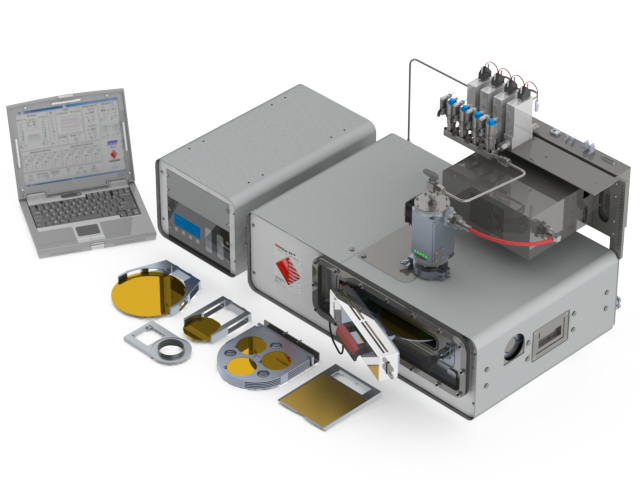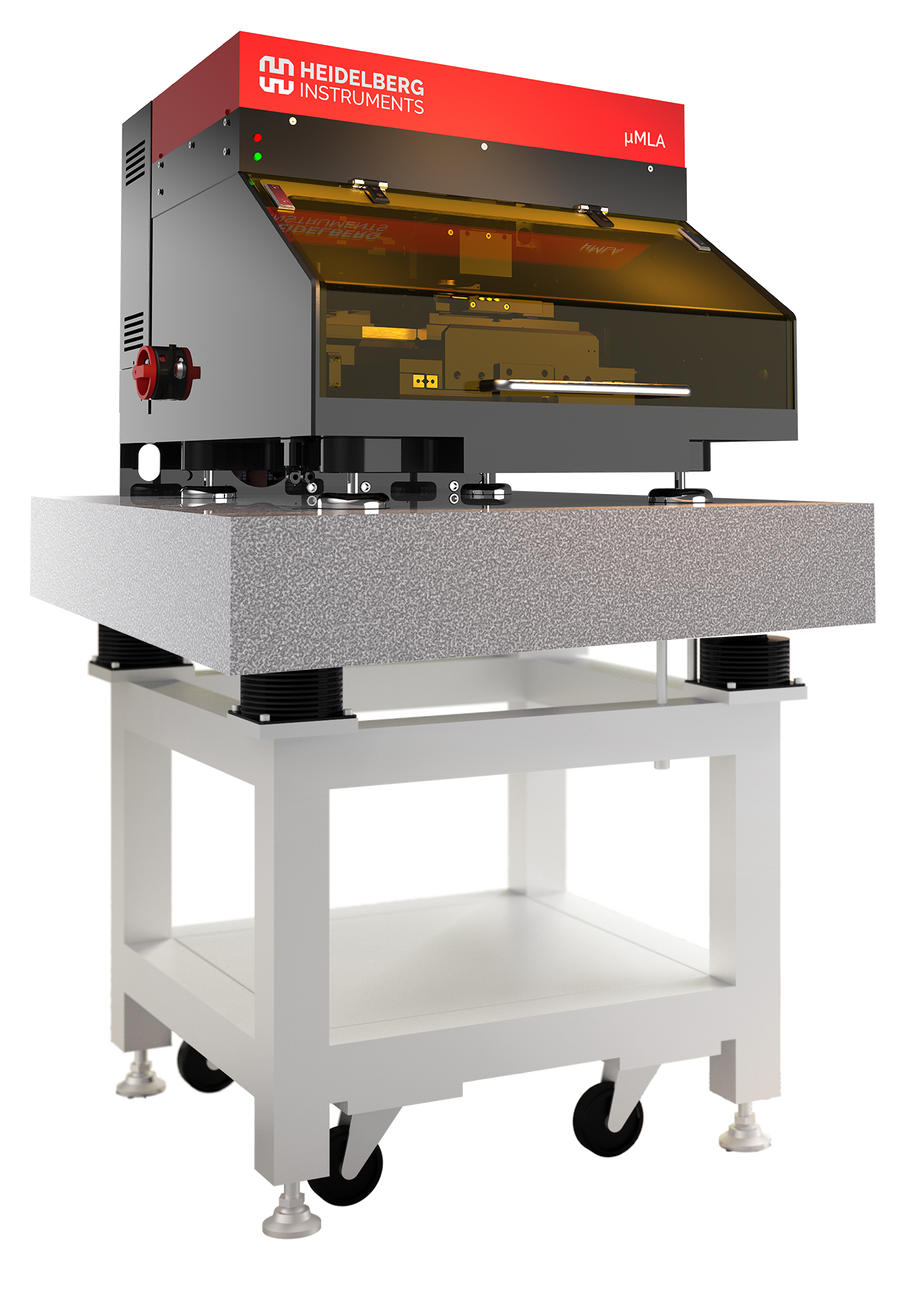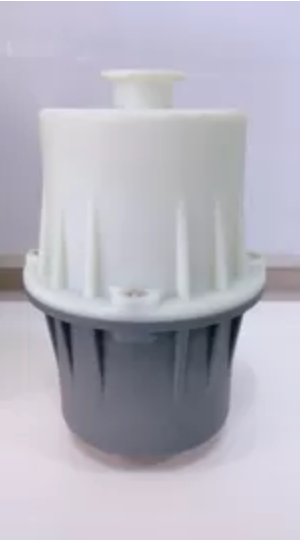Simulating Light Propagation in Perovskite Silicon Tandem Solar Cell Layer Stacks
Perovskite silicon tandem solar cells could be the next viable step in the evolution of mass adoption of solar technology. 2023 is reportedly the year when we will see several pilot manufacturing plants burst into life in China and Europe.
Can we say that the next generation of PV cells has reached a critical point for mass production and application?
This is the inspiration for the latest Fluxim’s Science Shorts video: Perovskite Silicon Tandem Solar Cells and How to Simulate Them.
Watch Dr. Antonio Cabas Vidani explore the advantages of multijunction solar cells, how they work, and why perovskite-silicon tandem cells are a game-changer for solar energy.
You will also learn how the advanced optics module in Setfos can:
-
Compute the reflection and transmission of coherent thin-film components
-
Use a ray-optical approach to evaluate the (angular) scattering properties of the textured interfaces
-
Deploy a net-radiation algorithm that uses this information to quantify the light propagation in the entire layer stack.
Watch here

Of course, it would be remiss not to acknowledge the paper on which Fluxim has based their latest Science Shorts. We would like to extend our thanks to our colleague, Dr. Urs Aeberhard, for his paper:
Analysis and optimization of perovskite-silicon tandem solar cells by full opto-electronic simulation
U. Aeberhard, R. Häusermann, A. Schiller, B. Blülle and B. Ruhstaller, 10.1109/NUSOD49422.2020.9217773.
About this paper: Fluxim presents a comprehensive opto-electronic simulation framework for the computational analysis and optimization of perovskite-silicon tandem solar cells, consisting of a combination of a multiscale optical model for the simultaneous consideration of interference in thin coatings and scattering at textured interfaces with a mixed electronic-ionic drift-diffusion transport model that captures the peculiarities of the geometries and materials used in the tandem architecture.





